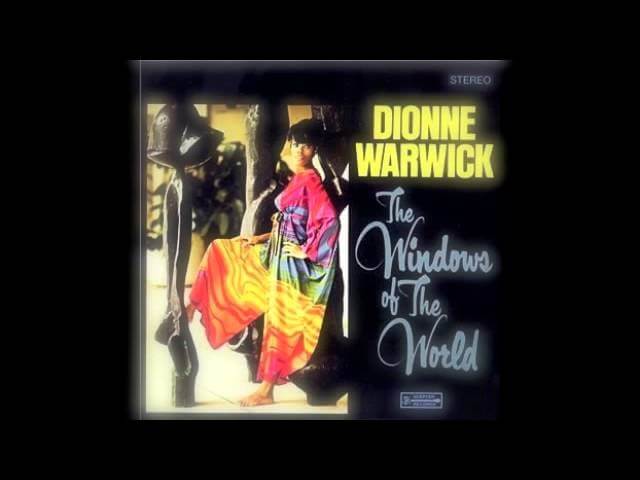7 things to know about the new season of Black Mirror

The lead-up to a new season of Black Mirror presents a particular challenge to TV critics. Namely: A show this dependent on twists and turns, in a format that traditionally thrives on an atmosphere of secrecy, is no fun to discuss if the person on the other end of the conversation hasn’t seen the damn thing yet. On top of that, it makes little sense to render an overarching opinion on the latest round of Charlie Brooker’s dystopian anthology because there’s so little “overarching” to actually grab on to and articulate in the first place. (Not that I haven’t tried before.) So, with the show’s fourth season finally receiving a premiere date—December 29 on Netflix—let’s try something different: A little review, a little preview, all in anticipation of a global TV phenomenon that started out with a humble narrative about a government leader fucking a pig on national television. Turns out there was a modicum of truth in Black Mirror’s inaugural speculative effort; by way of providing his own fourth-season preview earlier this year, Brooker said that if any of the fictions in “USS Callister,” “Metalhead,” “Hang The DJ,” “Black Museum,” “Arkangel,” or “Crocodile” become fact, “the world is really fucked.” Having seen the complete fourth season, I’m inclined to agree—but at least it’ll be a world where there are six new Black Mirrors to watch.
“USS Callister” is Black Mirror’s latest masterpiece
The sight of an unhinged Texan thrill killer and a former mystery mother in kitschy outer-space gear has already caught a lot of attention, and for good reason: “USS Callister” is head of the class among these new Black Mirror recruits. The episode captures the swashbuckling, retro sci-fi spirit implied by those first images of the eponymous spacecraft’s crew (with big help from Doctor Who and Jonathan Strange & Mr. Norrell director Toby Haynes), all the while grounding that action in Black Mirror’s tech-run-amok sandbox. The homage to vintage Star Trek is a loving one, though not without the acknowledgment that Gene Roddenberry’s bold vision of the future couldn’t entirely divorce itself from the attitudes and hang-ups of the era in which it was created. “USS Callister” is a feature-length episode that, unlike last season’s super-sized “Hated In The Nation,” doesn’t overstay its welcome, buoyed by the lead performances/unofficial Fargo reunion at its center. (Far-fetched fan theory: The UFO in Fargo’s second season is actually the USS Callister.)
“Metalhead” is the show at its most purely frightening
The picture is completely desaturated, there are long stretches without any dialogue (save for a stray cuss word), and “Metalhead” is all the tenser for it. In the grayscale shades of Night Of The Living Dead or the original Twilight Zone (with a little Terminator thrown in for good measure), “Metalhead” depicts one woman’s (Maxine Peake) attempt at survival in the face of an unrelenting, ever-increasing threat. It’s pulse-quickening stuff that’ll make you all too aware of the inescapable fragility of all the things responsible for that pulse and that awareness.
“Crocodile” is nature at its most breathtaking, and humanity at its ugliest
The bleakest installment of season four is a pocket-sized Nordic noir set against the snowy peaks and tastefully modernist architecture of Iceland. It’s a desolate setting where only a small handful of people are around to bear witness to a crime, but everyone of them can be an eyewitness, thanks to advances in the science of memory conveyance. If it weren’t for all the stomach-churning brutality, “Crocodile” would be quite lovely to look at—would it surprise you to learn it’s helmed by the director of The Road?

 Keep scrolling for more great stories from A.V. Club.
Keep scrolling for more great stories from A.V. Club.